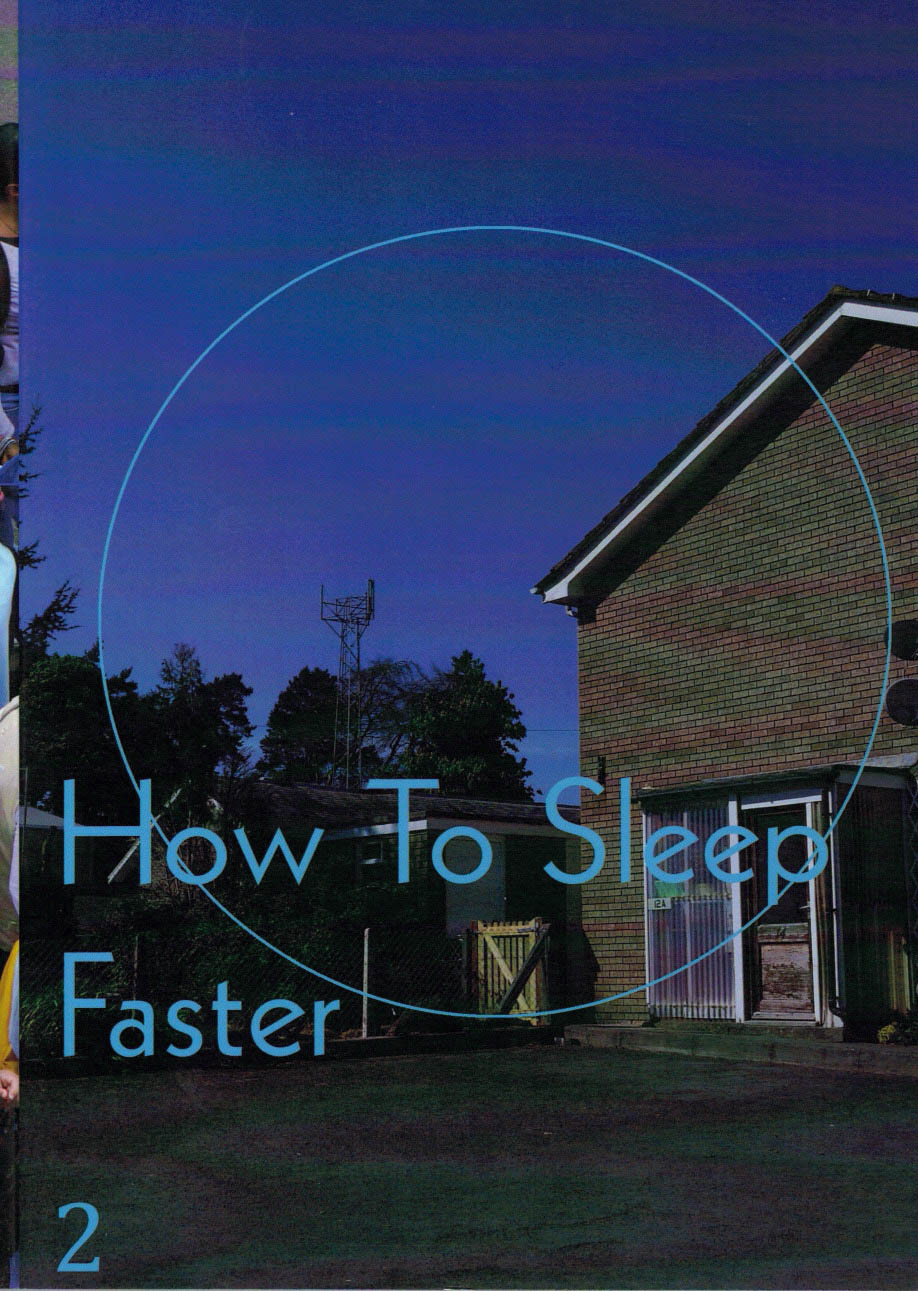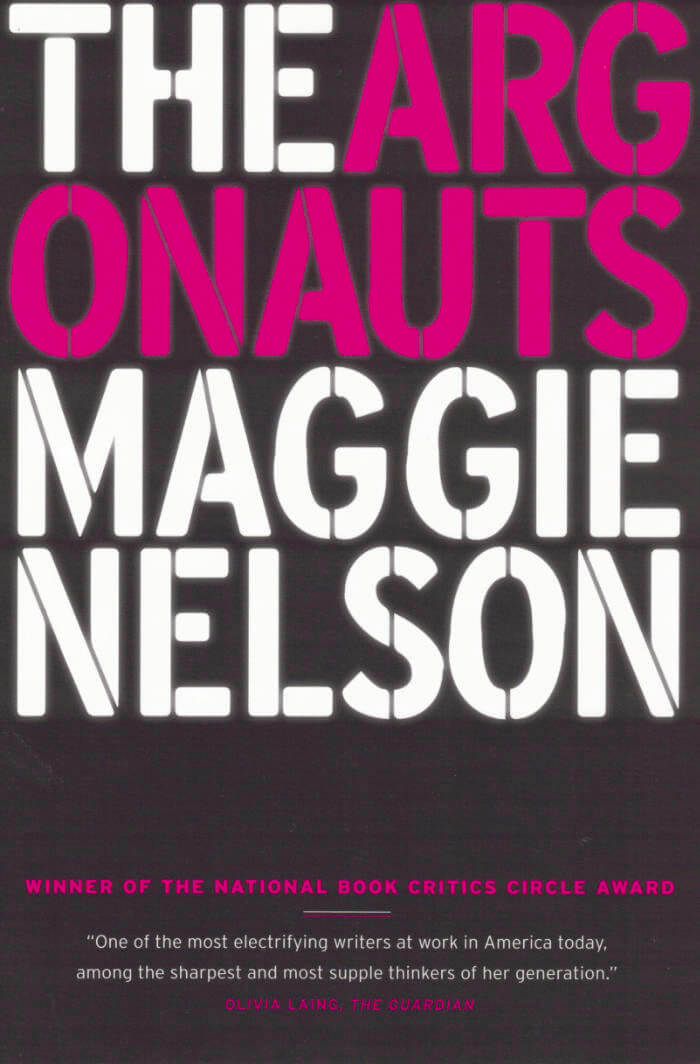
Fail Worse
It was the year that autofiction was everywhere.
All the major authors were accused of writing autofiction. You, the reader, were reading autofiction, maybe even writing autofiction yourself. The little known author HWK also was working towards his own autofiction, cycling through London, drafting, redrafting, scrapping, and scraping by, spiraling through his own mind, a geography of ambient anxiety, and a rising sea of associations and dead ends. As the tides begin to overwhelm him, HWK finds lifelines in the various stories that float past.
Possible rescuers, including Ben Lerner, Maggie Nelson, Sheila Heti, Mario Levrero, Jay Sherman (best known by his professional title, The Critic), and the noted animated therapist Dr. Katz call out to our narrator from the shores of literary and cultural success, will he reach them before the waters close over his head? Will HWK, dear reader, reach you?
Fail Worse is the smartest novel I’ve read in a long time, at once a scathing and hilarious critique of the limitations and conventions of autofiction as well as a moving work of personal narrative. I want to give copies of this novel to every writer I know. – Madeleine Watts, author of The Inland Sea
A brilliantly audacious and thoroughly ridiculous book – skewers its subject with a grandeur and wit it scarcely deserves… a stained glass window thrown at a pebble. – Keiran Goddard, author of I See Buildings Fall Like Lightning







